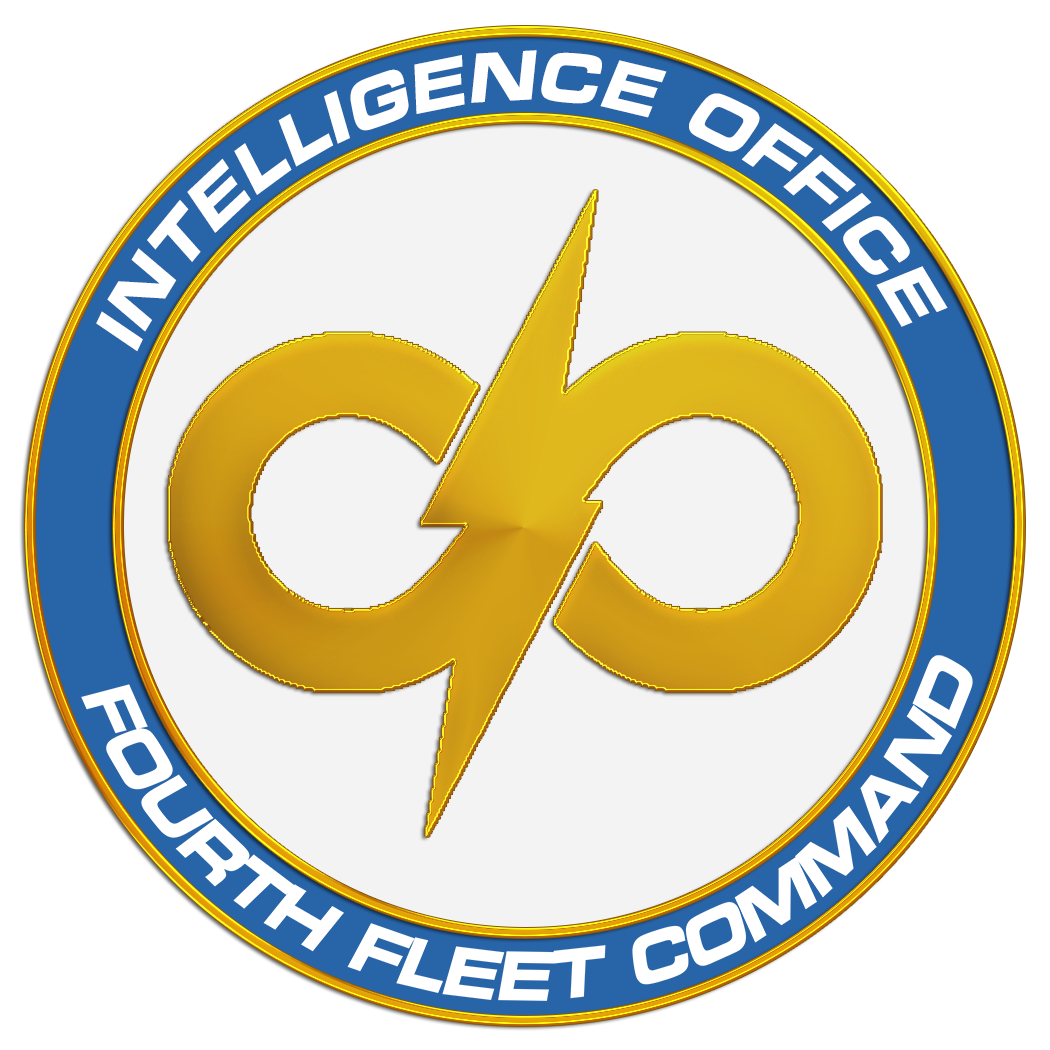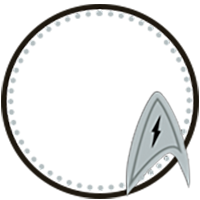We’re almost two months past the release of Star Trek: Prodigy season 2. The show has provided some wonderful new developments in Trek canon, fleshing out the era between Nemesis and Picard alongside Lower Decks. With a younger target audience, I hear and read about Trekkies sharing the show with their kids and young family members, hopefully bringing strange new worlds to the next generation. Some of this child-focused delivery has provided challenges for the Intelligence Office; Prodigy is canon, but it’s also a larger-than-life story, leaning into spectacle more than other shows (while endearingly keeping what is true to Trek at the heart of it). There’s been very little from Prodigy that has yet made its way directly into Bravo Fleet canon, because we want to make sure we’re depicting it faithfully while keeping it pertinent to our own tone and style. Today, however, I’m pleased to unveil what was absolutely a slam-dunk of an addition to fleet canon since it appeared on our screens as the USS Voyager-A.
As of this moment, the Lamarr-class Long-Range Explorer is a part of Bravo Fleet canon! A ship focused on scientific inquiry, she follows in the footsteps of the Sovereign-class’s design with a greater emphasis on exploration and research. Designed and built in the post-Dominion War era, the Lamarr-class’s construction came to a halt with the Attack on Mars, making her a firm product of one of the peak eras of Starfleet’s optimism and outreach. Several dozen of the ship are still in operation in the 25th century, and she remains a cutting-edge platform for exploration and science, rarely seen and highly sought.
The Lamarr-class can now be yours, today, for the low, low price of 60,000 prestige!
One reason for our cautious implementation of Prodigy technology, however, has been a device that was installed on the Voyager-A, as well as season 1’s USS Dauntless: the quantum slipstream drive. This technology has been around in Trek canon for some time, a faster-than-light propulsion system more powerful than warp. Until now, it was never confirmed as technology available to, or used by Starfleet. I’ve always been opposed to introducing QSD to fleet canon; while it’s cool for ships to be able to access as many canon locations as possible, I never want to make the distance irrelevant. Warp has always gotten characters to wherever they needed to be at the speed of plot, but it has limitations, some implied, some explicit. QSD has never, to me, offered anything that improves storytelling, while taking away challenges and conflicts that improve it. With QSD, Voyager would be home in a heartbeat. Travel from one side of the Federation to another would be inconsequential. Devices like the Barzan Wormhole and Underspace (before and after it went crazy!) have always offered means of accessing canonical locations from Voyager, without ships travelling from Earth to Ocampa in a matter of days or weeks.
Prodigy has made it clear that Starfleet has access to QSD technology. But rather than open up QSD as something every ship has, destroying any concept of scale or challenge to deep space travel and exploration, the Intelligence Office has decided to address slipstream by, simply, explaining why it’s almost never used by Starfleet right now. This article goes into more detail.
This may disappoint some of you, and I know I’ve just mentioned QSD only to explain why we don’t actually have it. It may come into play as something in our toolkit, rare and exceptional and powerful and not without consequences. But this hopefully provides an example of how we can respect the canon of shows like Prodigy, integrating elements that enrich our storytelling, while accepting that what works for one medium – a TV show for a young audience – doesn’t have to work for another: the writing of a fan club.

 Bravo Fleet
Bravo Fleet









